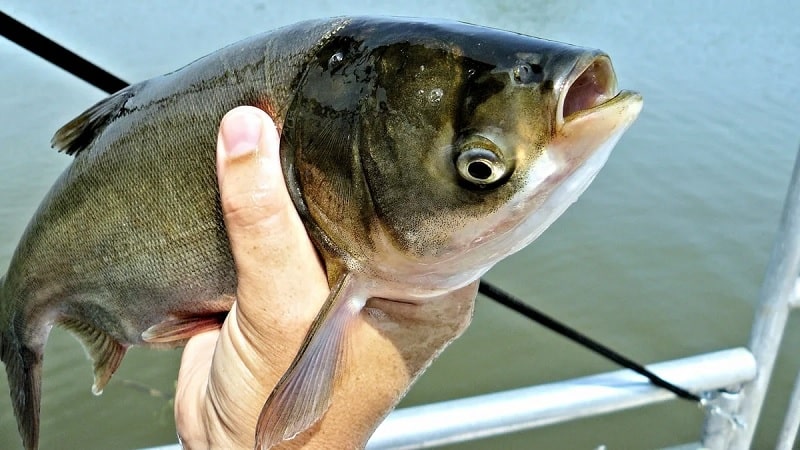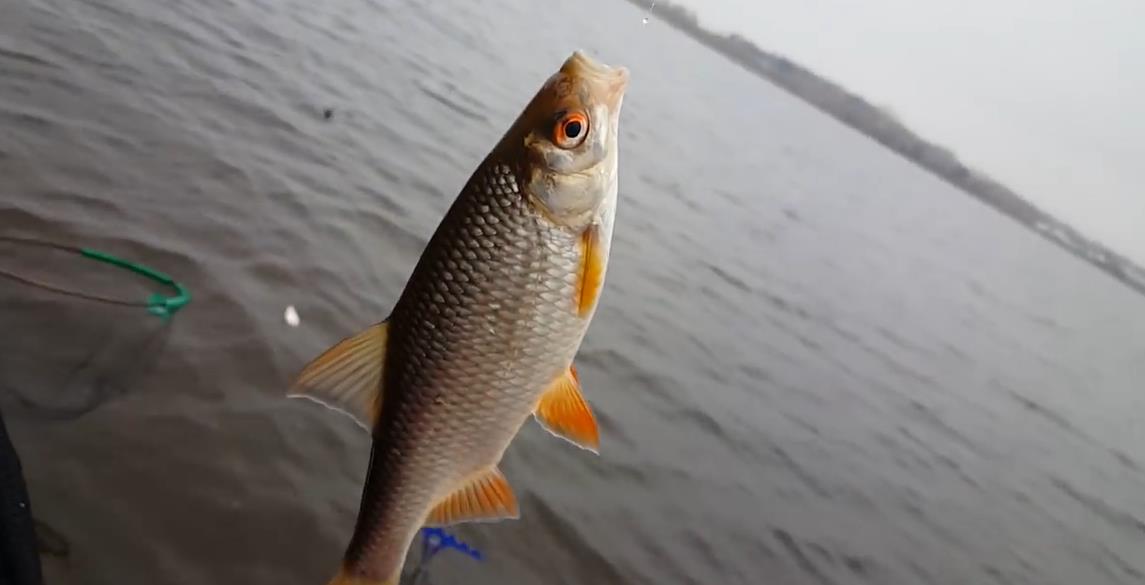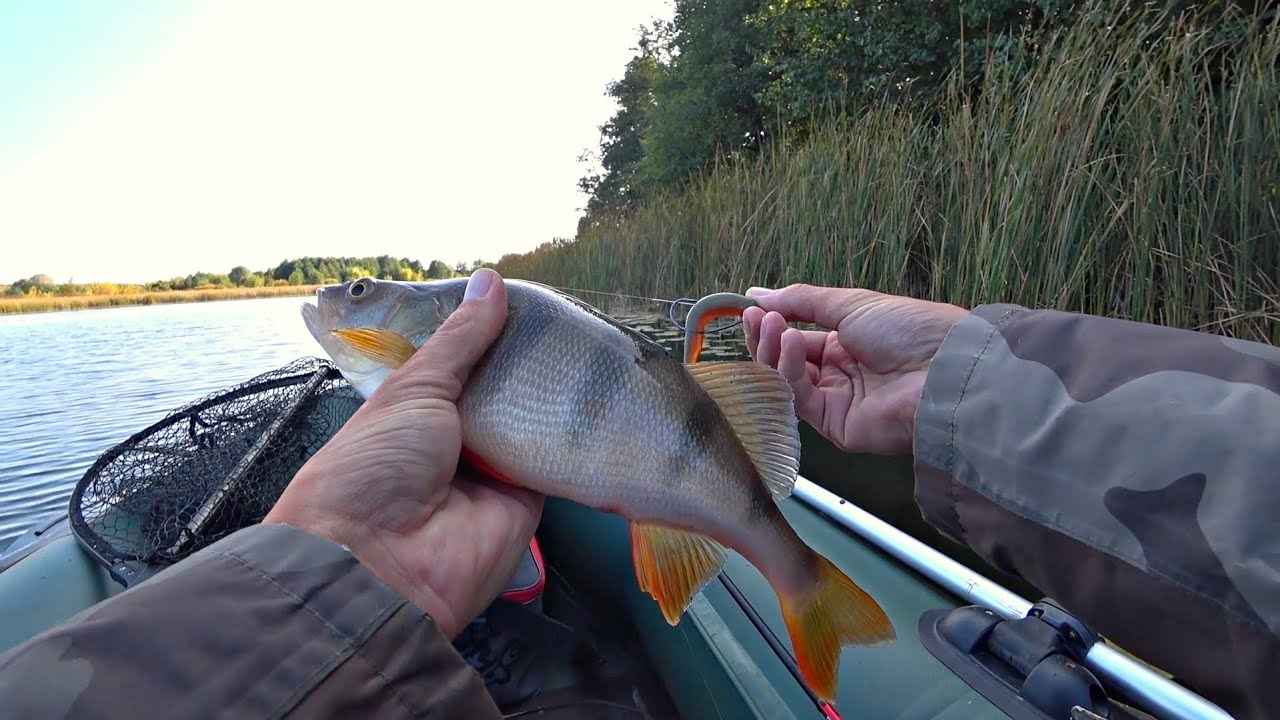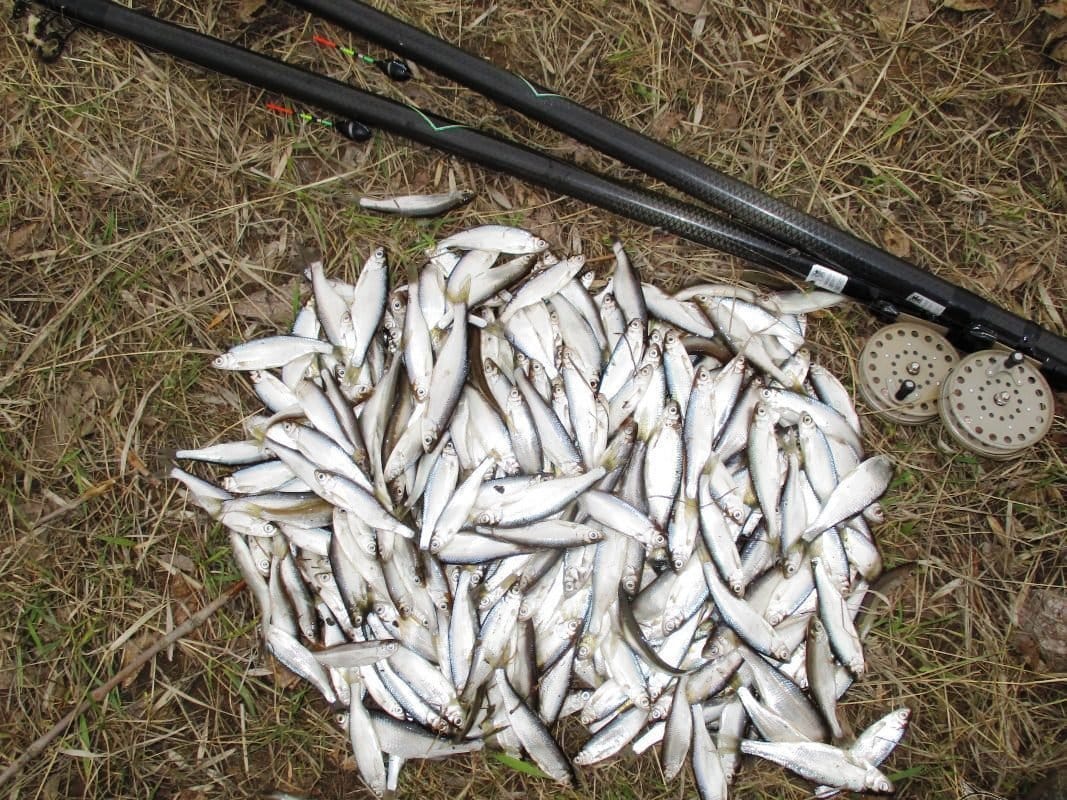Navaga is a common fish that belongs to the cod family. This northern saltwater fish is cold-loving. It belongs to the coastal and near-bottom species, therefore it is rarely found on the high seas. This must be taken into account when fishing.
- What kind of fish is such a navaga – description and photo
- Varieties
- Difference from similar fish
- Habitat
- Lifestyle
- Spawning
- What does navaga fish eat?
- Fishing features
- Where to find
- Tackle used
- Fishing tactics
- Lure
- Taste qualities
- Benefit and harm
- Features of cooking navaga – simple and delicious recipes with video
- Поделиться ссылкой:
What kind of fish is such a navaga – description and photo
Navaga is also called wahnya. The length of this marine inhabitant reaches 30-40 cm, while the average weight is 500 grams. The basis of the diet of navaga is fry and all kinds of mollusks. This valuable fish is an object of fishing. It is often taken with trawls and seines. Amateur fishermen also hunt navaga. However, they mainly practice ice fishing. The taste of navaga is much superior to other representatives of the Treskovy family. It is characterized by tender meat that tastes good and contains many nutrients.
Varieties
There are 2 main types of navaga:
- North – lives in the White, Barents, Kara seas. It is distinguished by its tender meat. This species was the first to be mined on a large scale. The fish is smaller – its length is 30 cm. This type of navaga is characterized by excellent taste and benefits for the body.
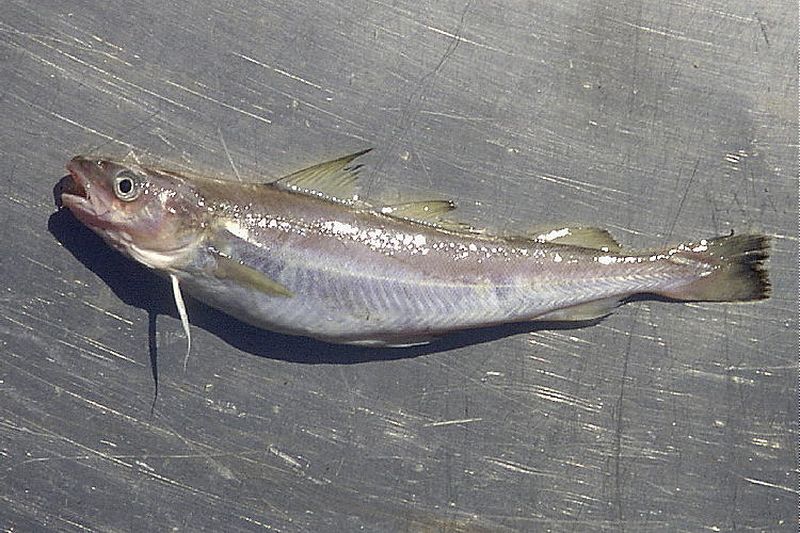
- Far Eastern navaga – it is also called vakhnya. This fish is larger than the northern fish. It is found in the northern waters of the Pacific Ocean – in the Bering and Chukchi Seas. Also, the fish lives in the Far Eastern reservoirs – these include, in particular, the Sea of Japan and the Sea of Okhotsk.
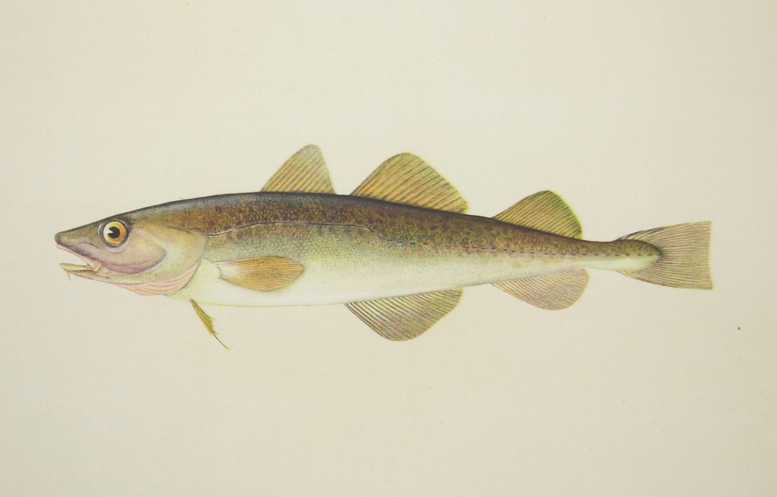
In general, the tastes of these species are similar. At the same time, the best taste is typical for fish caught in winter or late autumn.
Difference from similar fish
Navaga resembles a cod in appearance. However, there are certain traits that help distinguish these types of fish. The navaga has a more rounded body that tapers from the head towards the tail. She also has a small head and unusual extensions on the spine. On the back of the fish there are 3 fins of a dirty green shade, covered with small spots. The sides of the navaga have a silvery-purple color, and the belly has a white tint. Another distinctive feature is the protruding upper jaw. At the same time, there is a mustache on it below. The size of the fish does not exceed 50 cm. [Caption id = “attachment_2954” align = “aligncenter” width = “450”]

Habitat
Navaga is found in the Atlantic Ocean. It is found in the Arctic and Pacific oceans. The fish lives off the coast of Norway, in the waters of Alaska and Chukotka. She also exists in the White Sea. They also fish in the Laptev Sea. It also lives in the Kara Sea. The most fishing place is the mouth of the Northern Dvina. A lot of navaga can be caught in the Onega Bay and the Czech depression. It is also found in the Mezen Bay.
Lifestyle
It is almost impossible to meet navaga on the high seas. Fans of winter fishing know that the easiest way to catch this fish is near the coast, when the ice screw practically rests on the sandy bottom. It should be borne in mind that with the arrival of heat, the fish goes into colder waters. She returns to the shores only in autumn, when the cold comes. During this period, the mobility of the navaga greatly increases, and it begins to actively absorb food.
Spawning
Vakhnya reaches sexual maturity by 3 years. In summer, the fish goes to a depth of 40-60 meters, and with the onset of cold weather, shoals go to the shores for the purpose of reproduction. Sometimes it enters the mouths of rivers and lakes, which communicate with the seas. For navage spawning, areas with strong ebb and flow are required. Stony and pebble types of soil are best suited for this. Sometimes she chooses a sandy bottom. At the same time, the fish attaches eggs to underwater objects.
Interesting to know! The navaga begins to spawn in the first half of December, and ends at the end of February. During this period, temperature indicators drop to -2 degrees.
Like other representatives of Codfish, navaga is very prolific. During the season, she lays 25-200 thousand eggs. The fry appear in April. The main part of small fish is consumed by predators. In this case, the fry use different methods of shelter from natural enemies.
What does navaga fish eat?
Throughout the year, there are several periods in which the behavior of the wahni differs. During the summer season, when the water heats up, the fish are faced with food shortages. In the fall, a period of increased nutrition begins. During spawning, which is observed in winter, the fish are practically starving. At the same time, the most favorable season for nutrition is spring. Navaga food preferences differ depending on age. Young fish predominantly consume plankton. As they grow older, they switch to animal food. Decapods and fish predominate in the diet of navaga. She also gladly absorbs polychaete worms. In winter, small individuals up to 20 cm long actively eat their own eggs.
Fishing features
Sports methods for catching navaga include:
- using a donkey in a plumb line;
- I fish with lures and jigs from the ice.
Navagu is caught from piers or piers. Fishermen often use watercraft. Fishing from ordinary ice floes is also possible.
Where to find
The fish lives in the Bering, Japanese, Okhotsk, Chukchi seas. It often enters the mouths of rivers that flow into the listed seas. Also found in the North Pacific. The most promising fishing spots include:
- open water areas, the depth of which is more than 30 meters;
- river estuaries and bays;
- coastal deep-water parts of the seas;
- channel edges, which are characterized by a moderate current;
- stone or sand heaps.
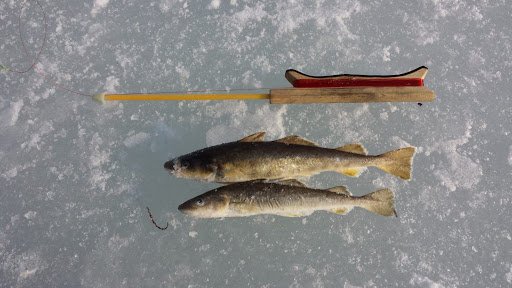
Tackle used
Navaga is small in size. Therefore, there are no specific requirements for the equipment. To catch this fish, a short rod is required, the length of which does not exceed 50 cm. It should have guides or nod fishing equipment. Additionally, it is worth using the following accessories:
- an inertial winter reel designed for winter fishing – it must include a spool that can hold up to 35 meters of line measuring 0.2-0.3 mm;
- base line up to 0.35 mm in diameter;
- fluorocarbon leash – its length should be 0.5 meters, diameter 0.15-0.2 mm;
- the bait is a spoon, a jig with an addition from a piece of the same navaga.
Fishing tactics
Vakhnya, capelin, smelt should be used as an animal bait.
, Baltic herring. It is also permissible to use worms and shellfish for this purpose. Among the artificial baits, it is recommended to choose jigs or vertical oscillating spoons. Fishing is easiest in winter. In summer, it goes deep into the water area. It should be borne in mind that the fish is weather dependent. It is best to catch it in good weather. In this case, the wind direction or pressure should not change. Vakhnya is characterized by delicate lips, and therefore it can easily break off. She usually bites carefully, because the moment of biting is easy to miss. All movements when fishing for navaga should be careful. It is not recommended to make any sudden jerks. To achieve good results, you need to lower the bait to the bottom and wait. Then move a little at the bottom and make a short toss with a further pause. Usually navaga takes at the very bottom,that’s why animating the bait is in this horizon.
Lure
It is recommended to use pieces of fish and mussels to feed a flock of vahni. Chopped worms are a great option. At the same time, it is better to serve groundbait to the very bottom, using a special feeder.
Taste qualities
Navaga tastes great. In addition, it can be used as part of the diet. So that the fish does not lose its benefits and taste, it is recommended to cook it slightly frozen.
Benefit and harm
Navaga meat contains many micro and macro elements. Moreover, it is a source of valuable vitamins and amino acids. Another advantage of fish is its low calorie content. 100 grams of dietary meat contains about 70 kcal. The useful properties of the use of navaga include the following:
- improving memory;
- stimulation of metabolic processes;
- improving the state of the nervous system and increasing stress resistance;
- normalization of blood cholesterol;
- improving the functioning of the heart and blood vessels;
- slowing down the aging of the body;
- activation of the immune system;
- improving the condition of the endocrine organs.
The systematic consumption of navaga helps to maintain the normal functioning of the body and avoid the development of dangerous pathologies. Therefore, it is often included in dietary and medical nutrition.
You should not eat meat in such cases:
- improper storage conditions;
- repeated defrosting and freezing;
- fishing in unfavorable regions.
Heavy metals and other harmful substances found in water bodies can accumulate in the tissues of marine inhabitants. The older the fish, the higher the risk of toxic elements in it.
It is harmful to eat navaga, which was prepared with a lot of fat. Smoked or fried fish is not the best option. These treatments do more harm than good. A properly prepared fish carcass has almost no restrictions on consumption. The only contraindication is an allergy to seafood or animal proteins. Not the most healthy, but delicious way to cook navaga deliciously in a pan with carrots and onions – video recipe: https://youtu.be/4PhfJbBwb-I
Features of cooking navaga – simple and delicious recipes with video
Many housewives are interested in how to cook a vakhnya in order to preserve the maximum benefit and taste. The first thing to do is to clean the navaga – instructions on how to do this: https://youtu.be/Aiq7CwD13hs This fish can be boiled, stewed, baked or fried. In this case, the following recommendations should be considered:
- Before cooking, the carcass must be cut qualitatively . In this case, it is worth removing the insides, fins, scales. It is also recommended to get rid of the black film from the surface of the internal organs. Many housewives also remove the head. However, it is good for fish soup, which is a light dish.
- After cutting the carcass, sprinkle with spices . It goes well with thyme and rosemary. A mixture of peppers is also great. Then the carcass needs to be salted and fried.
- For a more dietary meal , the fish can be placed on foil, sprinkled with lemon juice and baked in the oven.
- Navaga can be cut into pieces and sautéed in sour cream sauce . To do this, you need to fry the onions and carrots a little, then put the fish, having previously rolled it in flour, and pour in the sour cream. Cook the dish with the lid on for 20-25 minutes.
- For children, you can cook minced fish cutlets . The fish, cleared of entrails and bones, is passed into a fine meat grinder and minced fish is obtained. It should be mixed with chopped onions, white bread and spices. Fish cakes can be fried or baked.
The recipe for cooking navaga in the oven is simple and quick – step by step video: https://youtu.be/MDrsXxzR3ss Navaga is a delicious and healthy fish. It is recommended to catch it in winter – it is during this period that the fish is most active. At the same time, it is important to choose the right tackle and bait.
